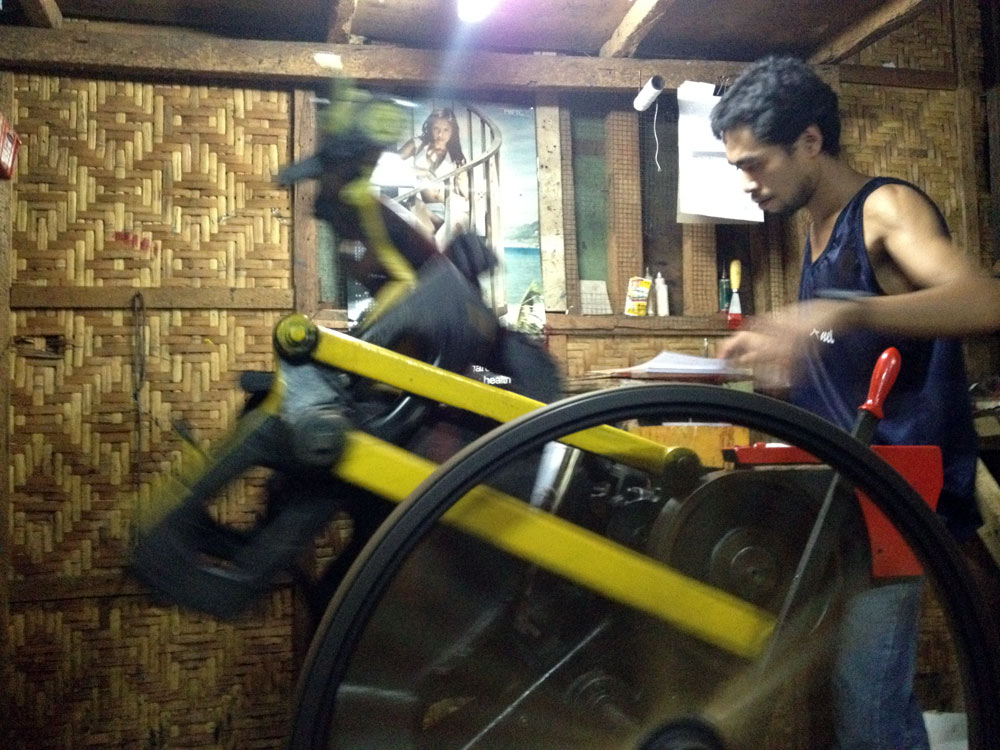Letterpress printing, which is printing from raised metal type, was the norm in printing for 500 years from its invention by Johannes Gutenberg in the mid-15th century.
The image or printing areas are raised above the non-printing areas. The reversed, raised surface is inked and then pressed into a sheet of paper to get a right-reading image.

Letterpresses are now being replaced by faster and more efficient printing presses like the offset lithographic press or the flexographic press.
Minerva letterpresses are still running in some print shops near Sanciangko St. in Cebu City.
These presses, however, are mostly used to number receipts, said Tudtud Print Arts owner Lito Tudtud. He said Risograph and offset printing are faster and more efficient. The lack of a working Linotype machine, which produces the slugs used for letterpress printing, also limits the use of Minerva presses, Tudtud said.
(This article is part of a series on Cebu tourism and heritage supported by Smart Communications, Inc., the country’s telecommunications leader.)
Play the video below to see a Minerva letterpress in action.

